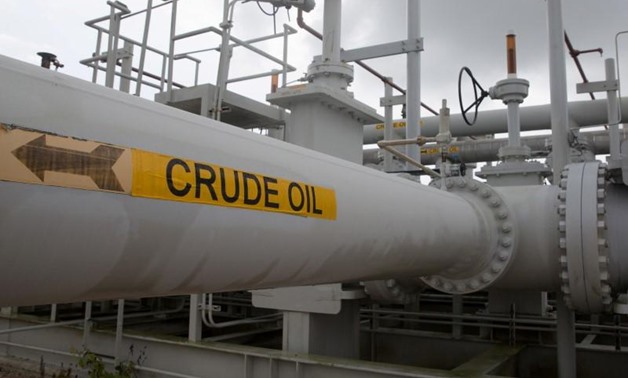
A maze of crude oil pipes and valves is pictured during a tour by the Department of Energy at the Strategic Petroleum Reserve in Freeport, Texas, U.S. June 9, 2016. REUTERS/Richard Carson
PARIS - 12 October 2018: Both global oil demand and supply are now close to new, historically significant peaks at 100 mb/d, and neither show signs of ceasing to grow any time soon, the International Energy Agency said in a report on Friday.
Fifteen years ago, forecasts of peak supply were all the rage, with production from non-OPEC countries supposed to have started declining by now. In fact, production has surged, led by the US shale revolution, and supported by big increases in Brazil, Canada and elsewhere.
In future, a lot of potential supply could come to the market from places like Iran, Iraq, Libya, Nigeria and Venezuela, if their various challenges can be overcome. There is no peak in sight for demand either.
The drivers of demand remain very powerful, with petrochemicals being a major factor. In a new IEA study "The Future of Petrochemicals", the Agency points out that rising living standards, particularly in developing countries, are already underpinning strong demand growth for plastics and this will continue for many years to come.
As the oil market reaches the landmark 100 mb/d level, prices are rising steadily. Brent crude oil is now established above $80/bbl, with infrastructure constraints causing North American prices to lag somewhat.
Nonetheless, our position is that expensive energy is back, with oil, gas and coal trading at multi-year highs, and it poses a threat to economic growth. For many developing countries, higher international prices coincide with currencies depreciating against the US dollar, so the threat of economic damage is more acute.
The global economy is also at risk from trade disputes. In this Report, our revised demand outlook reflects these concerns: growth in both 2018 and 2019 will be 110 kb/d lower than our earlier forecast. As explained in the demand section of this Report, there is also an impact from methodological changes to Chinese estimates.
Official statements from Saudi Arabia suggest that October exports are back to the high levels seen in June and that more oil is available for those who wish to buy it.
Meanwhile, output in Iran, Mexico, and Venezuela has fallen by 575 kb/d. New data for OECD stocks show that in August they increased by a more- than-normal 16 mb and have been relatively stable for several months after falling significantly following the implementation of the original Vienna Agreement.


Comments
Leave a Comment